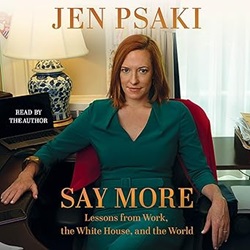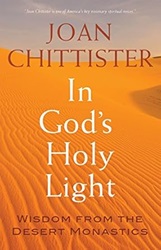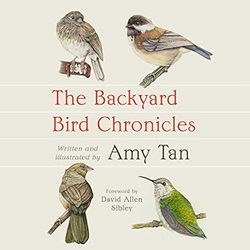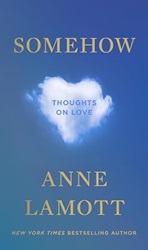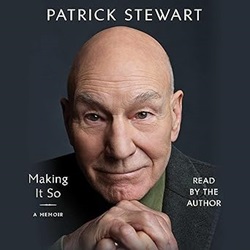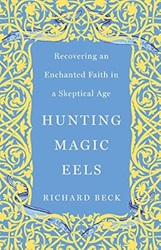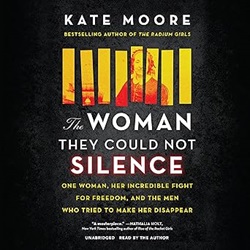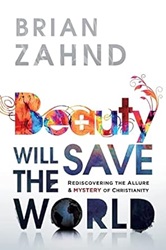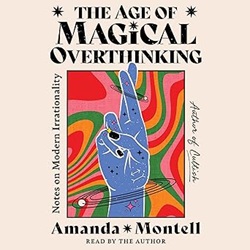Review of Say More, by Jen Psaki
Lessons from Work, the White House, and the World
by Jen Psaki
read by the Author
Simon & Schuster Audio, 2024. 5 hours, 55 minutes.
Review written September 23, 2024, from a library eaudiobook.
Starred Review
This book isn’t so much a tell-all as it is a self-help book on how to be a better communicator, peppered with super interesting anecdotes from the author’s years working in the halls of power.
Now, I didn’t read the book for the communication tips, fervently hoping that my days of public speaking are behind me, but I did still pick up some good tips for general communication, such as facing up to your mistakes sooner rather than later, and what to do when a communist dictator starts negative propaganda about you. (Okay, I definitely hope I’ll never need that tip.)
Still, reading this for the stories will definitely carry you through. There were lots of interesting glimpses into the characters of her particularly famous bosses John Kerry, Barack Obama, and Joe Biden. But there were also heartwarming stories involving her husband and kids, as well as stories from her path to those high-profile jobs. The stories are entertaining and interesting, and you get plenty of examples as to why her communication principles will help you in every aspect of your life.
I like reading books by political figures that show me their heart for public service. Here’s one more example of a young woman doing her bit to do good things in the world – and the audiobook ended up being uplifting and inspiring.
Find this review on Sonderbooks at: www.sonderbooks.com/Nonfiction/say_more.html
Disclosure: I am an Amazon Affiliate, and will earn a small percentage if you order a book on Amazon after clicking through from my site.
Disclaimer: I am a professional librarian, but the views expressed are solely my own, and in no way represent the official views of my employer or of any committee or group of which I am part.
What did you think of this book?
